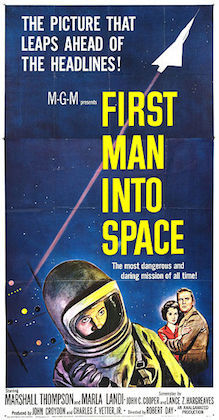Vampyr (1932) Review | Scariest Horror Movies Ever
- Hound of Hellish Horror
- Nov 8, 2022
- 2 min read

Don't be deceived by its vintage aesthetic - Vampyr (1932) delivers a darkly suspenseful gothic horror whose cinematic use of shadow sinisterly smudges the line separating fiction and reality to merge psychological scares with real-world terrors.
Seamlessly shot from the opening scene until the end credits, Vampyr (1932) employs a degree of cinematic artistry that few horror films can emulate, even today.
Mainly in how its strangely hypnotic visuals and oppressively ominous atmosphere lucidly manifest between the material and psychological realms. For large parts, it's a strangely surreal visual experience, reflecting a detached dreamlike aesthetic where two conflicting worlds collide within one hallucinatory haze.

The result is an almost ethereal experience that disorientates the senses, warping our perceptions of reality while toying with the psyche in wicked ways.
Much like Nosferatu, Vampyr relies heavily on its eerily haunting manipulation of shadow to instill scares. Meanwhile, its morbid, dread-delivering score sets an ominously somber tone.
With the inclusion of some clever camera trickery, we're never quite sure whether events unfolding on screen reflect those of reality or are simply terrifying psychological manifestations of an explorative mind.

Surprisingly for a feature film of its era, Vampyr (1932) includes a splattering of creepily effective frights, which still stand up today. But what resonates above all else is its unsettlingly obscure atmosphere and how it deceptively utilizes shadow to fabricate artificial scares.
In summary, Vampyr (1932) paved a creepy corridor for many of its horror contemporaries and remains a notable benchmark of the genre today.
For that reason, we feel compelled to indoctrinate Carl Theodor Dreyer's quintessential vampire classic into our disturbing database of the scariest horror movies ever.
Got a craving for more classic horror movies and the scariest horror movies ever? Why not feast on our chilling autopsy of James Whale's immortalized 1931 Frankenstein adaptation.



Comments